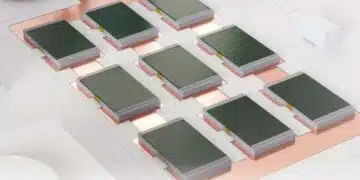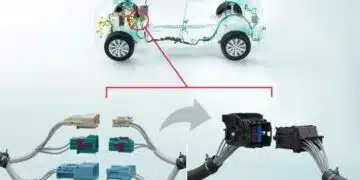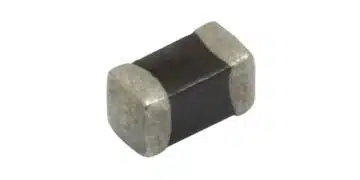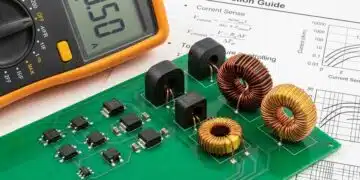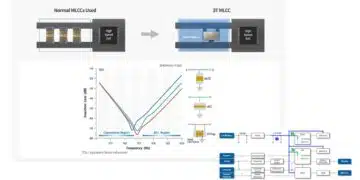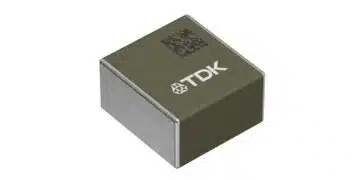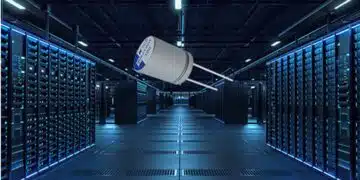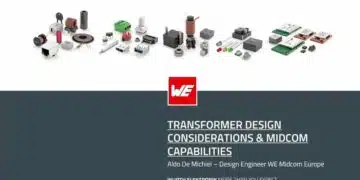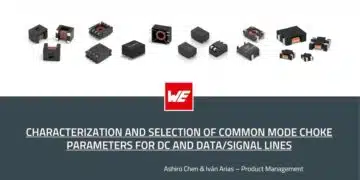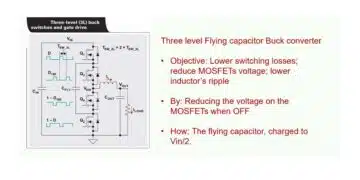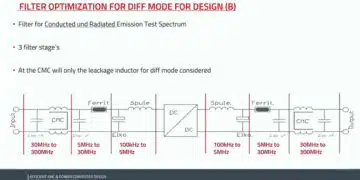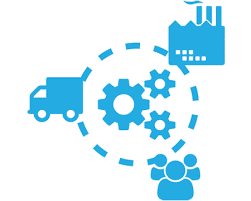source: Electronics Sourcing article
By James Carbone. Electronics distributors are optimistic that European component sales in 2018 will continue to post strong growth after revenue rose at double-digit rates in 2017.
Distributors report that component demand in 2017 was robust if not stellar as prices for many passives and semiconductors increased contributing to sales growth. With strong demand, lead times for many passives and discrete semiconductors increased. Lead times for components that typically were 8-12 weeks increased to 25 or more weeks with delivery times for some parts stretching to 40 weeks.
Because of strong demand and increasing prices, distribution sales in Europe will end up growing about 10-12 per cent in 2017, said Adam Fletcher, chairman of trade association Electronic Component Supply Network and chairman of International Distribution Electronics Association. As a result, distribution business in Europe will end 2017 growing an average of 10-12 per cent, he said.
Some distributors say their sales growth in Europe may end up stronger than average. For instance, Avnet says its sales in Europe, Middle East and Africa (EMEA) will finish calendar 2017 growing between 10-20 per cent. Mouser says its sales growth was up more than 30 per cent through late October. Digi-Key said it had 30 per cent year-to-year date sales growth in Europe as of November.
While there may be less price erosion and more stable lead times in 2018, distributors say that component demand in Europe will remain healthy, especially in the first half of the year. The European automotive and industrial market segments will continue to be drivers of component demand in 2018.
Some expect healthy sales growth in Europe to continue beyond 2018 and 2017 was in fact the beginning of a period of long-term growth for distributors.
“I think 2017 was an inflection point for the electronics component industry,” said Fletcher. “I think we are at the beginning of a five-year period of growth because the products of major market drivers are starting to roll out.”
Those market drivers are products related to transportation, including automotive and autonomous vehicles, trucks, trains and planes.
Going autonomous
he impact of development of the autonomous vehicle is being felt in the electronics supply chain. “Autonomous vehicles are really driving quite significant growth,” said Fletcher. Automotive in general is contributing to sales growth as more safety and infotainment systems are designed into more models of vehicles. Even low-cost models are being equipped with more sophisticated electronic systems. Such systems require a wide range of semiconductors including wireless ICs, sensors, microcontrollers among others.
In addition, the development of 5G infrastructure will have a significant impact on the electronics supply chain. While standards for 5G are still being developed, the rollout of 5G infrastructure is expected to begin in 2020, which will further drive component demand over the next five years, said Fletcher. The fifth-generation wireless infrastructure “is going to have a huge impact in terms of base station deployments,” he said. It will also result in more consumers upgrading their phones to be compatible with the new, faster wireless networks. As a result, Fletcher said while “2018 is going to be a time of pretty reasonable growth, 2019 and 2020 will be years of very strong growth.”
He said in 2018 there should be 10-20 per cent growth in electronic component sales globally and about 12 per cent growth in Europe. Carry over growth Many distributors generally agree with that forecast because business in the second half of 2017 was strong and many believe it will carry over into 2018.
Mark Burr-Lonnon, senior vice president, EMEA and Asia for Mouser Electronics, said that Europe is Mouser’s fastest growing region for sales.
“Europe is leading the way. Our business was up 34 per cent (year-to date as of late October) in Europe, while Asia was up 32.5 per cent and the Americas were up 18 per cent,” he said. Mouser’s sales in Europe in 2017 were up 10 points from 2016, said BurrLonnon.
While most of Mouser’s sales are to engineers designing new products, some of the sales increase was due to component shortages. “We put in a lot of inventory this year and people came to us because of shortages,” said Burr-Lonnon.
He said in 2018, Mouser’s European business will remain healthy. Electronics component sales in Europe overall next year is “going to be pretty good at least through the first half of next year. Some are saying it is going to be a good for the full year, with just a few blips in the second half,” he said.
Burr-Lonnon noted that adding new product lines was key to Mouser’s continuing sales growth. “We have consistently added a lot of new lines in the last 10 years. We have over 650 lines and there’s only so many big lines left,” he said.
Burr-Lonnon added that Mouser continues to “backfill with niche lines” to give customers as much choice as possible. Doing so helps to attract new business for Mouser.
Kevin Hess, senior vice president of marketing for Mouser, noted that 20 per cent of Mouser’s sales in 2017 were for products that Mouser added over the last four years. “So that’s what we need to continue to do. We need to make sure when manufacturers launch new products, we are stocking and selling” them because those new products will represent nearly 30 per cent of Mouser’s sales four years from now.
Burr-Lonnon said Mouser’s goal was to have the broadest inventory of parts whether they are from Texas Instruments, ADI, TE, or Molex.
A pleasant surprise
For some distributors, robust component demand in 2017 was an unexpected, but pleasant surprise. “If you look at the calendar year, we are very satisfied. It was a surprisingly good year,” said Georg Steinberger, vice president of marketing and communications for Avnet EMEA. He says sales would be up 10-20 per cent.
“It has been very good business so far in Europe,” he said. Unlike the Americas and Asia, the growth drivers in Europe are automotive and industrial, according to Steinberger. “We don’t have a huge computer business or communications business. Our business is really around automotive and industrial.”
Steinberger noted that in Europe, automotive represents about 35 per cent of semiconductor sales, while industrial accounts for 30- 35 per cent although distribution sales to the segments are not as high. He noted that automakers and their first-tier suppliers have direct relationships with component manufacturers.
Steinberger said that industrial represents about 50 per cent of Avnet’s European business, while automotive is about 25 per cent. However, Avnet is growing its sales to the automotive segment.
“Fifteen years ago, the automotive share of our business was about 15 per cent,” he said.
“The automotive industry, including subcontractors, have discovered distribution is a reliable partner for their business whether it’s on the design side or on the supply chain side,” said Steinberger.
He noted that 70 per cent of distribution’s business in Europe is for semiconductors, while interconnects, passives and electromechanical devices account for 30 per cent of distribution sales.
“Many of the subcontractors in automotive use distribution for semiconductors. But they still get a lot of attention by the manufacturers of connectors or passives,” said Steinberger.
Steinberger said that consolidation impacted sales in 2017 and will likely affect business in 2018. He said in some cases, consolidated companies “cleaned out their product portfolios, resulting in shortages in some product areas” as well as higher prices.




